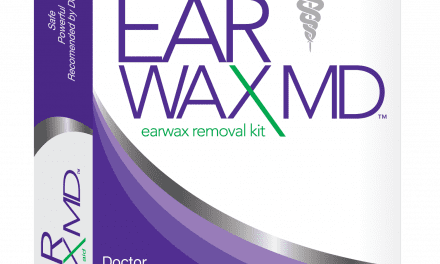The EPAC (Evaluation of Practicing Audiologists Capabilities) was created with the goal of improving patient care through the development of professional practitioner standards.

In order to upgrade practitioners’ level of patient care delivery, a measurement of the capabilities and skills already mastered is very important. A dilemma occurs in allowing existing practitioners, who never had an opportunity to earn the new degree, to establish their comparability to their newly degreed colleagues. Experienced practitioners may have learned “on the job” many of the same skills new entrants are learning in a collegiate program. The fact that they have learned to utilize these skills is more important than the method by which they learned them, or where they learned them. This concept underlies and supports the use of the Evaluation of Practicing Audiologists Capabilities (EPAC) to assess qualifications and allow educational institutions to make placement decisions or assign college credit for documented capabilities.
EPAC’s Development
The professional assessment project for audiology was guided by the goal of improving patient care through development of professional practitioner standards. The Audiology Foundation of America selected Credentialing Services Inc, a privately held Illinois company for the project. The identification of audiology practitioner capabilities entailed developing a psychometric construct and then matching individual sets of skills to the criterion.
A group of doctoral level practitioners was gathered. Their attributes and characteristics were researched, then the correlational levels were set. Applicants for evaluation are compared to the reference group standards.
Credentialing Services identified the range of audiological work tasks. The resulting psychometric construct became the measure for matching doctoral skills to the criterion that would warrant particular scores. “The process allows access via multiple avenues to acquiring doctoring skills and evaluating methodology focused on performance,” according to Credentialing Services president, James T. Hecht, PhD, MPH.
Assessment Standards
Eligibility standards are documented via licenses, diplomas, certificates, transcripts, valid references, application declarations, and task examination scores. Applicants must show that they have a minimum of 4 years of professional work experience. There are 10 audiological practice content areas covered in the task examination section. Although updated to more current standards, these correspond to the 10 content areas of the model AuD curriculum developed in 1988.

Currently, two regionally accredited educational institutions utilize EPAC to assess educational placement in their AuD programs, Arizona School of Health Sciences, Mesa, Ariz, and Pennsylvania College of Optometry’s School of Audiology, Elkins Park. Some new coursework that these adult students are enjoying include genetic syndromes, radiography, investigative audiology/expert witness, pharmacology/ototoxicity, intraoperative monitoring, cochlear implants, and medical informatics. For more information on the programs, go to: www.ashs.edu and www.pco.edu.
Quality Assurance in EPAC
Strict quality assurance parameters with checks and balances are employed in reviewing an audiologist’s application. The grading mechanism consists of comparing applicant frequency marks to a confidential key, with a multiple hurdles format. An internal consistency formula is applied to identify persons who inadvertently exaggerate responses and/or present questionable response patterns. The probability of obtaining a “false positive” is extremely remote. Coupled with the nonparametric criteria, it is highly improbable that an applicant will achieve a false reading.1
EPAC Allows Professional Upgrade
EPAC allows accomplishments to be translated into course credits and placement within curricula. The level of measured achievement is used to assign applicants to educational modules. The EPAC program assists doctoral level audiology institutions in integrating applicants into their programs.1
Clearly an increasing number of practitioners are finding value in earning the AuD degree, since there are approximately 1,000 graduates currently and more than 1,000 are enrolled.
The number of EPAC applications is rising, but time is running out. According to Tabitha Parent-Buck, AuD, chair of audiology at the Arizona School of Health Sciences, “There is a limited time window for which we will offer the transitional degree for the MA/MS level audiologist. During the academic year 2004-2005, we will still enroll new students, but we have no plans to enroll new students after that.”2
If you have professional capabilities that may qualify you to obtain credit in an AuD program, EPAC is the tool to help you prove it.
Susan B. Paarlberg, MSIR, is the executive director of the Audiology Foundation of America, and can be contacted at (765) 743-6283 or [email protected]. For more information on EPAC, contact AFA at (765) 743-6283 or www.audfound.org. For an EPAC application, contact Credentialing Services Inc at (303) 343-1202.
References
1. Hecht JT, PhD, MPH. Psychometric aspects of the AFA evaluation of practicing audiologists capabilities (EPAC). 1999. Accessed at www.Audfound.org/EPACpsy.asp.
2. Interview with Tabitha Parent-Buck, AuD, on Audiology Online July 1, 2002. Interview archive section. Accessed at www.audiologyonline.com.





